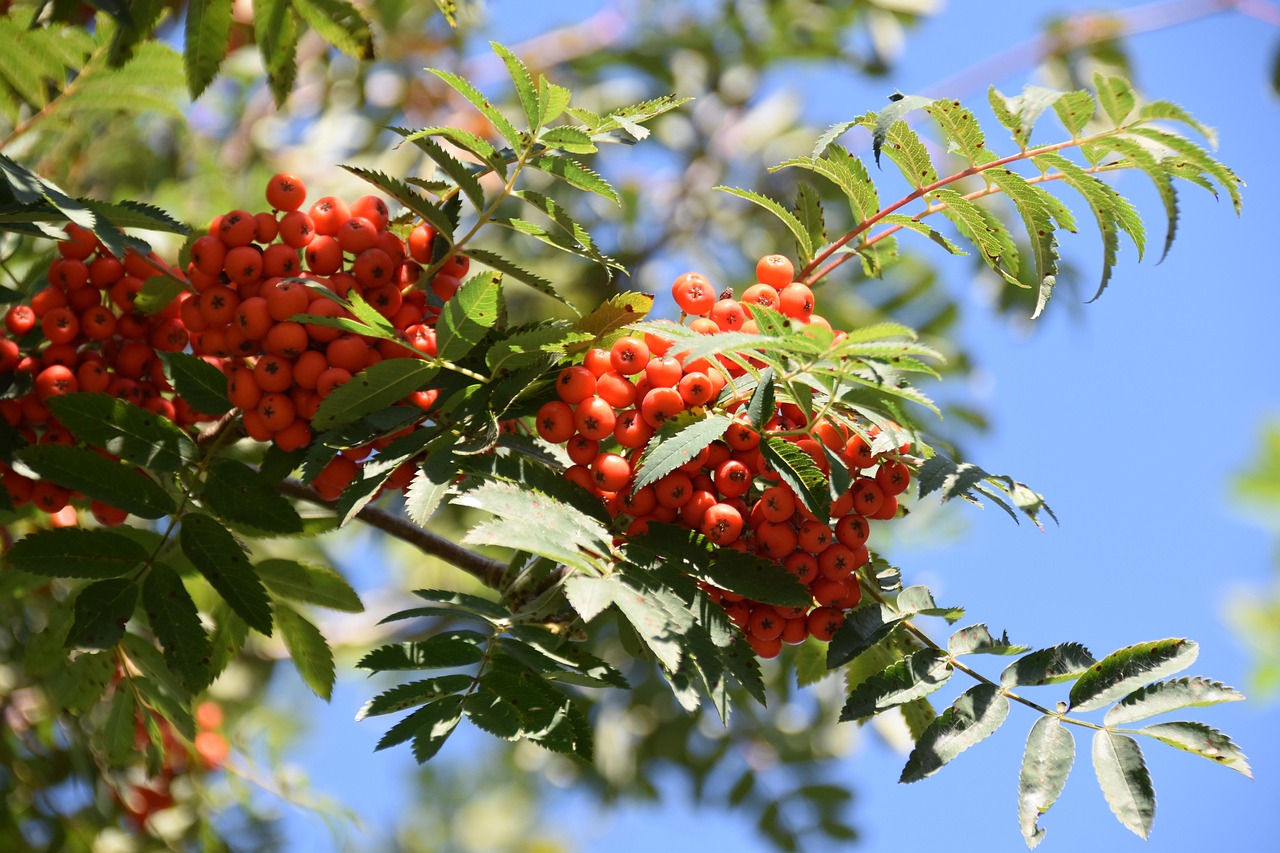How can your garden contribute to the fight against climate change? You can grow plants to lock away carbon for generations and boost biodiversity. Every action helps towards cutting carbon in our atmosphere and improving habitats for threatened species. Here are a few tips by Sally Nex from her book ‘How to garden the low carbon way’.
Grow lots of long-lived plants
One way to lock carbon away for generations is to plant long-lived plants such as layers of shrubs and perennials. Shrubs have a permanent structure of woody stems and many hold onto their leaves all year round. They come in all shapes and sizes and often grow flowers and fruit. They are great for creatures as they provide shelter and food. Shrubs last a long time and therefore are effective in locking carbon away. Perennial plants are plants that persist for several years and advantageous of taking carbon out the environment for a long time. Popular perennial plants are poppies, dahlias, primroses and bellflowers. An advantage of growing perennial plants and shrubs is that you do not need to replant them every year and require less gardening. This is also an advantage for the garden because replanting and recultivation of soil disturbs fragile ecosystems and releases carbon that is locked underground.
Plant trees and hedges
Planting hedges and tree helps with the fight against climate change because they create shelter and food sources for creatures. It boosts biodiversity and locks up carbon for generations and reduces your carbon footprint and for the following generations. It better to use hedges as fences rather than a wooden fence and they are more able to withstand extreme weather conditions.
Make you driveway more green
You can increase the plants in your front garden by planting low flowering plants in your driveway. Small plants can be grown in between slabs of stone will contribute to wildlife and help with rain absorption. Try to reduce the amount of concrete in your driveway because concrete destroys ecosystems and contributes to flooding because rain cannot be absorbed into the ground.
Make your own compost
You can make your own compost by investing in a composter and make free compost from your food waste. There are many types of composters out there, from wormeries, hot composters, wood composters and compost tumblers. They don’t need to be smelly and messy! My favourite option is a hot composter: this has a lid, so it keeps the smells and flies away and the heat speeds up the process of food waste becoming compost. There are many environmental benefits from composting. Compost combined with soil holds onto nutrients and rainwater better, so the garden does not need to be watered as much. Also, this prevents food waste going to landfill and creating methane, another powerful greenhouse gas which adds to global warming.
Create a tapestry lawn
Tapestry lawns is a new trend taking over many gardens and a great alternative to grass lawns. A tapestry lawn is a lawn made entirely from low growing foliage and flowers instead of grass and create a colourful lawn. As it has a range of plants, it boosts biodiversity and absorbs more carbon. Tapestry lawns are visually appealing and low maintenance in comparison to a grass lawn. It needs to be mowed less because they have slower growing plants and are more drought resistant and reduce the need for frequent watering.
Harvest rainwater
The less water you use from mains water, the lower your carbon footprint will be (as well as save money). If you want to reduce the amount of mains water you use in your garden, then you can collect water by connecting water butts to downpipes. Water butts collect rainwater which you can use to water your garden throughout the year and keep water use down in the summer.

Leave a Reply